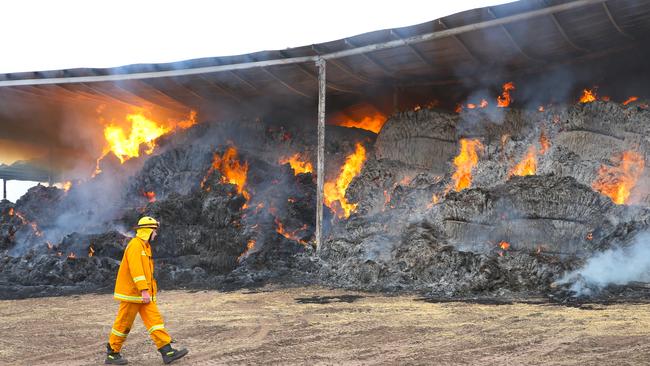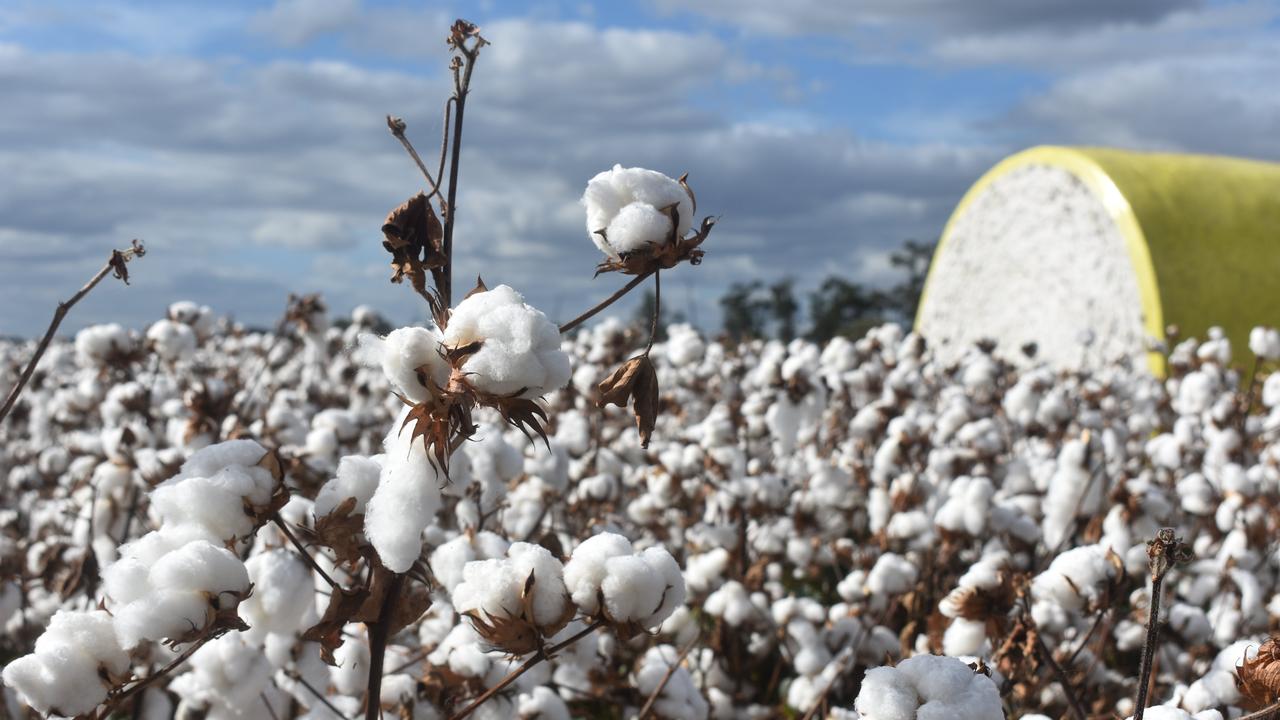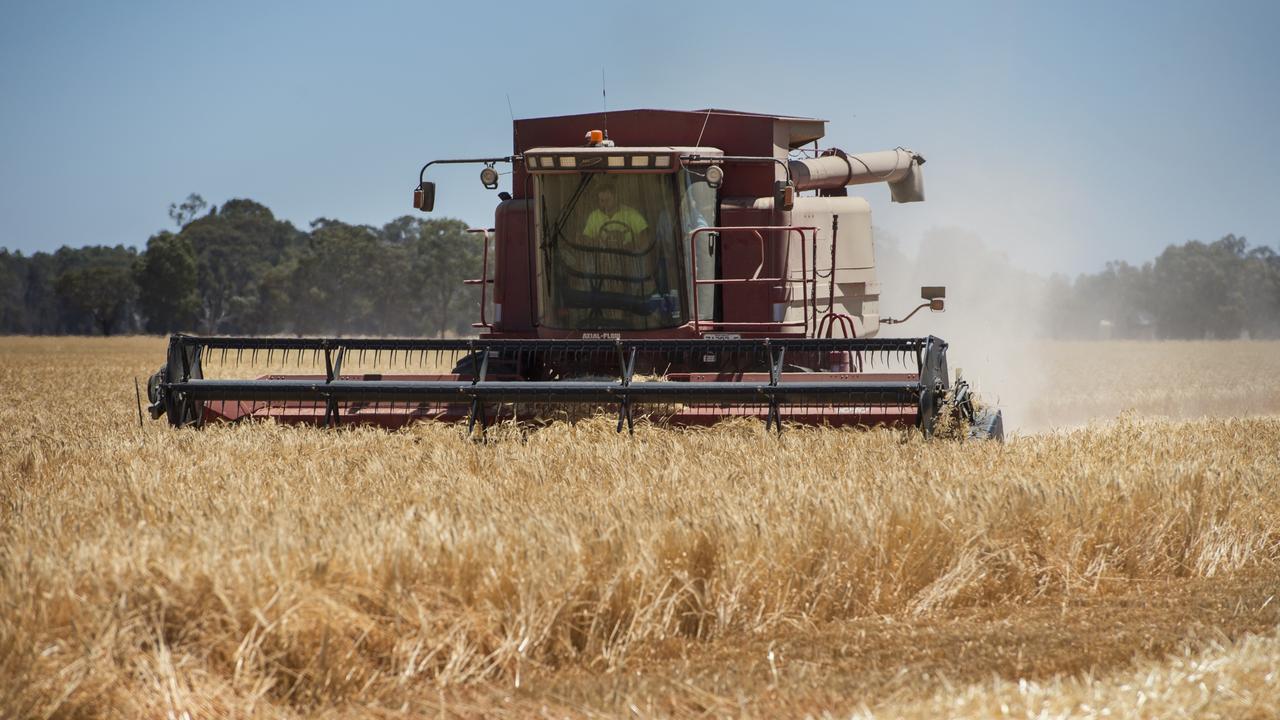Haystack fires: Increased threat this summer
A range of factors raise the risk of haystack fires.

SOME highly practical advice was on offer when fodder expert Frank Mickan addressed this year’s Australian Fodder Industry Association annual conference in the NSW Hunter Valley.
Mr Mickan, a pasture and fodder conservation specialist formerly with Agriculture Victoria at Ellinbank, began by recalling the summer of 2006-07 — a notably bad one for haystack fires caused by spontaneous combustion.
“Some 650 cases were reported as against a more normal 100 over the preceding seasons,” Mr Mickan said.
“Factors at the time were considered to include immature, failed or stressed cereal crops, many thick-stemmed canola crops being baled for the first time and the impact of summer showers,” he said.
“Many fires didn’t occur until two months after baling and even the odd round bale sitting in a paddock went up in flames.”
Jump forward to the spring and summer of 2018-19 and “conditions have been strikingly similar,” Mr Mickan said.
“During harvest, we saw some extended curing periods due to showers leading to hay that wasn’t sufficiently cured, high levels of mould and yeast and some cereals in their pre-heading to boot stage high in sugars.
“A sign of high sugars in the crop is gum build-up on mowers and mower-conditioners. A move towards more machines producing very dense bales also wouldn’t have helped.
“After baling, hay shedded early to avoid threatening rains could have been rain-affected or high in sugars, but with most stacks left uncovered, hay was impacted by some very heavy falls.
“Eighty to 100mm on top of a stack was bad enough, but many were thoroughly soaked on the stack sides as well.
“Principal causes of haystack fires are having too high a moisture content at baling, due to baling too soon, wet plants (such as capeweed) in the mix, wet windrows, surface moisture such as dew or fog and moisture from sap or stems.
“Other known causes are leaking roofs, floods, children playing dangerous games, machinery or tools such as grinders, grass or bush fires.
“To prevent or minimise the risk of fires at baling, aim for fast, even curing and ted within two hours of mowing if possible.
“Set your mower-conditioner to leave wide, fluffy rows and bale as soon as you can.
“At baling time, moisture meters can be useful, but remember they are just a tool — and the wetter the hay, the greater their inaccuracy.
“Ensure wet patches in shaded or low-lying areas are cured as well as possible and use preservatives that work – the safest and most effective are buffered organic acid and anti-oxidant types.
“Aim for moisture content of less than about 3 per cent above recommended safe baling moisture content levels, although manufacturers can recommend up to 25 per cent.
“Preservatives must be applied at the correct rate ensuring thorough integration and may be ineffective on very wet material.
“After baling, shed or cover the hay as soon as possible, allowing good ventilation under the roof and gaps between rows, but if hay is to be stored outside, keep the stacks small.
“Seriously consider covering outside stacks.
“Within days, check for signs of heating, such as warmth near or above the stack, condensation on the roof, a caramel or musty smell, slumping or corrosion in metal.”


